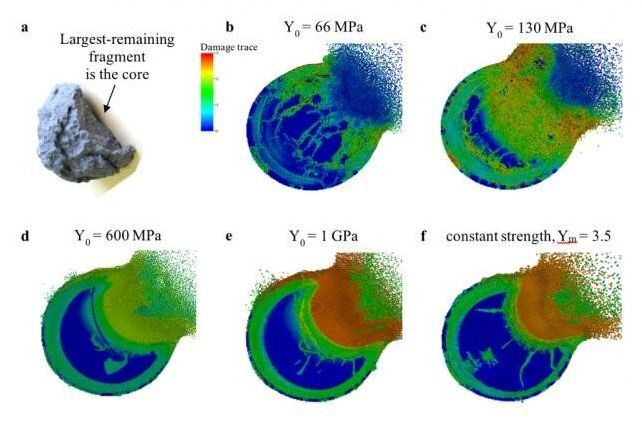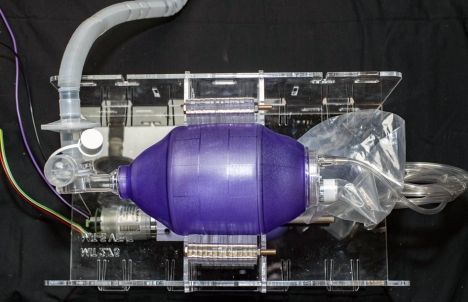
Planetary defense researchers at Lawrence Livermore National Laboratory (LLNL) continue to validate their ability to accurately simulate how they might deflect an Earth-bound asteroid in a study that will be published in the April issue of the American Geophysical Union journal Earth and Space Science.
The study, led by LLNL physicist Tané Remington, also identified sensitivities in the code parameters that can help researchers working to design a modeling plan for the Double Asteroid Redirection Test (DART) mission in 2021, which will be the first-ever kinetic impact deflection demonstration on a near-Earth asteroid.
Asteroids have the potential to impact Earth and cause damage at the local to global scale. Humankind is capable of deflecting or disrupting a potentially hazardous object. However, due to the limited ability to perform experiments directly on asteroids, understanding how multiple variables might affect a kinetic deflection attempt relies upon large-scale hydrodynamic simulations thoroughly vetted against relevant laboratory‐scale experiments.



















